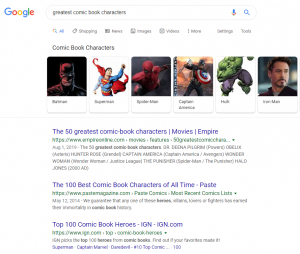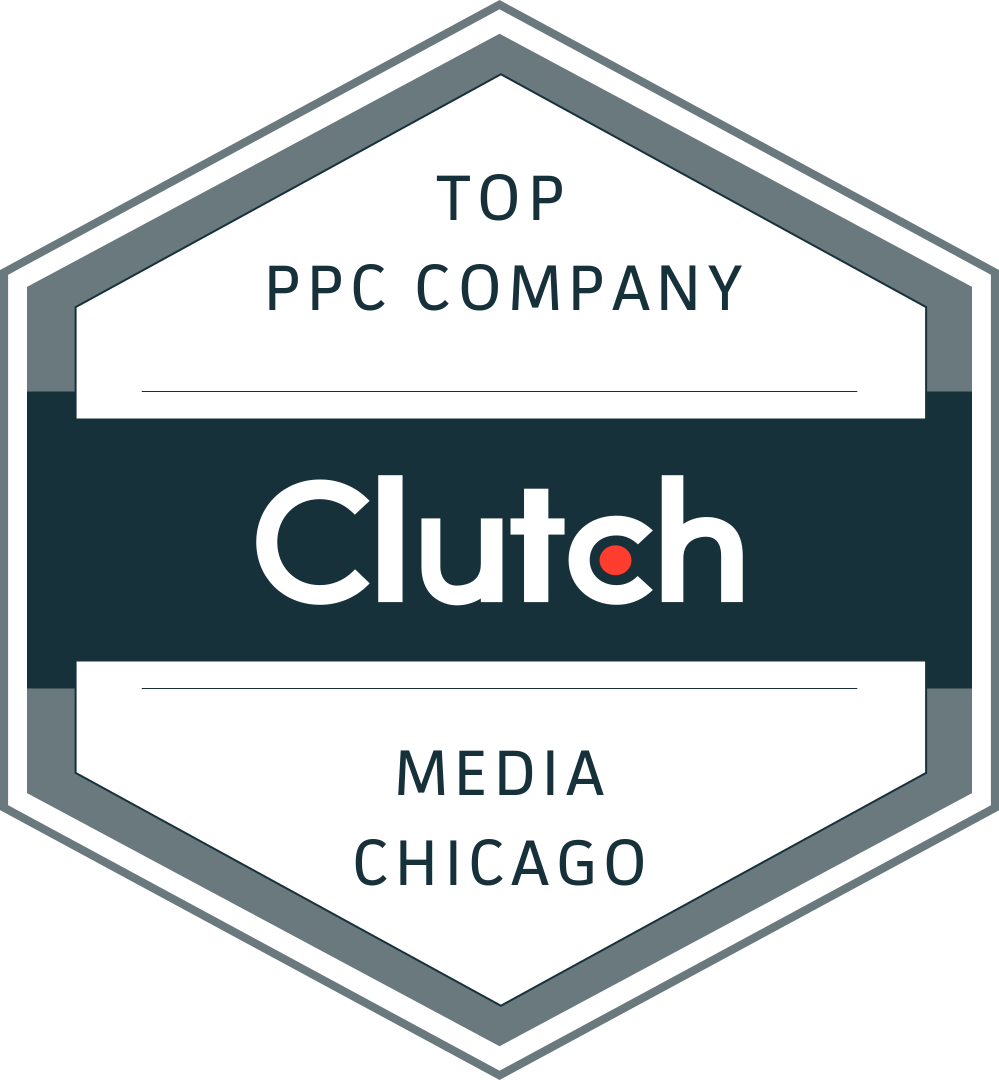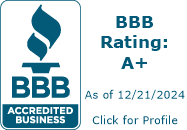The most important piece of data you need to know about local SEO is this: 46% of all Google searches are local. This means they contain some form of “[SERVICE] near me,” or “[SERVICE] in [CITY NAME].” So, have you claimed your Google My Business, Bing, and Yahoo listings? Is your business on Yelp, Travelocity, YP.com, and other listing sites?
If not, you’re missing out on potential brand awareness, website traffic and engagement, and potential revenue. Let’s start with the first step in local SEO: claiming your listings.
Jump to a section:
- Claim your Local Listings
- Maintain and Optimize your Local Listings
- Request Reviews
- On-Site Local SEO Optimization
- Local Link Building
- Scale Listing Management
Claim your Local Listings
Claim your local listing doesn’t limit your brand exposure. It maximizes it, as you can promote yourself to local-only and national searches. Whether you have multiple brick-and-mortar storefronts, one corporate office, or only offer online services, you can still benefit from local SEO. Local directories are the best ways to validate your UNAP information. UNAP stands for:
- URL
- Name
- Address
- Phone Number
In order to do that, however, you need to claim your listings. Which listings can you claim? Let’s take a look.
- Google My Business (GMB) – You’ll need a Google account to create your GMB listing. You’ll also need to verify your business. Google does this by sending you a code by postcard, so make sure your business address is correct.
- Bing Places – You can sign up for Bing Places with the same Google account you use for GMB. You’ll also need to verify your business. Bing will send you a code to your business address, just like GMB
- Yelp for Business – If you’re one of the following business types, you should sign up for Yelp
- Restaurants and food service
- Local brick-and-mortar retailers
- Nightlife
- Entertainment
- Home services
- Auto services
- Health and fitness
- Beauty services
- General services
Maintain and Optimize your Local Listings
Besides earning potential revenue, search engines also reward you for syncing your information across all the data sources.
Here’s a tool from Moz to check basic data aggregators to make sure you’re good to go. Just remember that Moz shows some, but not all, the data sources. There are over 50 different data sources you need to track and sync your information. So you’ll need to do a little manual checking of your own to keep track of your UNAP.
Let’s walk through an example of Local SEO optimization using Google My Business (GMB). You’ll want to make sure the below is taken care of:
- UNAP: Now that you’ve claimed your GMB, be sure to add your UNAP information
- Categories: In this section, you can list the services you offer
- Description: Add your unique value proposition. What’s most likely to get a searcher to click through to your website?
- Hours: List your hours, even if you only sell your product/service/solution online. This way searchers know when they can best make contact with you
- Images: If this listing is for a brick-and-mortar storefront, add a picture of it. You should also add pictures of your product(s)
Once you’ve claimed your local listings, remember to come back, audit, and optimize them every 4-6 months. If people search for you on a directory, you want them to find your correct information. Otherwise, you’re losing out on a lot of potential customers.
Request Reviews
When I’m about to make a purchase, I look at online reviews. I ask friends if they’ve tried the product or service and what they thought of it. I want to hear the good and the bad of a product or service, so I know what I’m getting into if I decide to purchase it. For this reason, you should encourage honest reviews of your business on all your local accounts. Give your potential customers the chance to read 3rd party reviews of your business. Most of the local listings also allow people to click through to your website, so positive reviews can lead to direct traffic, website engagement, and conversions.
When it comes to negative reviews, make sure to reply. In fact, you should try and reply to as many reviews as you can, both positive and negative. Most people just want to be heard, and unhappy customers will appreciate you taking the time to address any concerns. Seeing you reply, with care, to negative reviews can also build lifetime value with new and returning customers.
TIP – Make sure that you reply to reviews in an authentic and helpful tone and voice. Also make sure to keep your brand’s voice in-mind as you are speaking as a representative of your brand. This means avoiding casual verbiage, slang, or abbreviations, or coming across as combative or only providing excuses for legitimate complaints. If your audience (both the reviewer and others reading those reviews) feels you are genuinely doing your best to rectify a negative experience, they will be more likely to still consider your company and product.
On-Site Local SEO Optimization
Yes, there are some optimizations you can make on your site to help you appear in local searches.
- Update website UNAP – Whether in your header, your footer, or on your “Contact Us” page, update the UNAP information on your website. Make sure it matches the information on your local listings
- Optimize metadata – This is especially important for location-based companies like brick-and-mortar retailers, individual gym websites, tattoo shops, and hotels. Make sure your location is somewhere in your title tags
- Build location-based pages – If you have multiple locations, you should build multiple location-based pages and optimize them for local SEO.
- Use location schema – If you’re a local business, you should add Local Business-type schema to your site. You can designate what your business-type is, including:
- Bank branch
- Restaurant
- Hotel
- Medical practice
Local Link Building
You can do local link building to create strong community bonds and beef up your backlink profile. How do you do that? Well, it starts with a bit of detective work.
Research
You’ve gotta conduct a bit of research. By doing a bit of backlink research, you can unearth some potential backlink opportunities.
Audit your current backlink profile
Search for locally-based links already pointing to you, and see if you can leverage them for additional links.
Audit your competitors backlink profile
Search your competitors for locally-based broken and lost links. See where these broken and lost links pointed, and find better content on your site. Reach out to the website owners and pitch them linking to your content.
Use a link prospector
Use Citation Labs Link Prospector, a paid tool, to find additional local link opportunities.
Use Followerwonk
You can use Followerwonk to search for local influencers.
Sponsorships
Are there youth leagues in your local community? See if your company can sponsor it. Get the youth league to provide a link back to your website.
Events
These can be webinars, conferences, meetups, or other gatherings. You can host one, participate on a panel, or give a talk. Ask the event host to provide a link back to your company website. If you give a talk, send out copies of your deck to attendees.
Outreach
People who loathe link building call this the ”begging” portion of the process. Yes, we’re reaching out to strangers to ask them for something, but if the content you’re sharing is stellar, you’re helping them out, as well. It’s only begging if you have nothing to offer these webmasters.
So, how do we conduct our begging…excuse me, outreach?
In-person
Yeah, this is gonna be done in rare instances, but nothing beats an in-person request. This can work well with sponsoring local youth leagues. Meet with the administrators and give them your pitch.
Phone
Another rare outreach tactic, but it establishes a connection. Just make sure you’re not cold-calling the contact. That could come across as rude and kill hour outreach before it’s begun.
The tried-and-true outreach tactic. You’ve probably gotten outreach emails before. It’s easy to get lazy, however, and just do the ”would you mind providing a link to our new resource…” type of outreach. When you send an email, it needs to be personalized. Know a lot about the person, company, or organization. Make sure you’re providing real value to their customers/clients/followers. If your outreach target knows that you genuinely want to help, they’ll be much more likely to give you the link.
Scale Listing Management
The more listing sites and directories you’re on, the more time you’ll need to spend monitoring them. You want to make sure you’re answering all your negative reviews, responding to some of the positive one’s, checking your UNAP information, and periodically changing your photos.
In other words, it’s time to start thinking about scaling your listing management.
There are a couple of ways you can do this.
Hire an agency
If you don’t have the internal resources to take over your local listing management, hire a digital marketing agency. They can help you come up with a plan, update your listings, and monitor your reviews.
Use a listing management platform
If you do have internal resources to take over local SEO, you should get a listing management platform to help them streamline many of the tasks. Some of our favorites include:
SEMRush
We use SEMRush for managing our client’s listings. It has an easy-to-use interface, and bulk updates your information to a number of directory sites. In order to use it, however, you need a paid SEMRush account. If your internal SEO team isn’t using SEMRush already, this may not be the best option.
Whitespark
The best thing about Whitespark is the Citation Finder tool. With it, you can find citation opportunities you’re missing. There is a free option that gives you searches per day, but limited search results. You can also sign up for a paid subscription, starting at $17/month: Check out their pricing below:
Yext
What’s the best thing about Yext? They integrate with hundreds of directory sites. That’s it. That’s the value proposition, and it’s tasty AF!
Moz Local
Moz Local sends your listings data to search engines, apps, directories and business aggregators. You’ll receive alerts about new reviews, and it syncs with GMB so you can directly respond to Google reviews.
None of your marketing efforts should live in a silo. A multi-channel strategy is a must! Yes, that means adding local seo tactics, even if you want to be a national brand. Making sure people can find you, that you are sending as many positive signals to search engines as possible, will benefit your company. Make sure you implement local SEO into your marketing plan.










